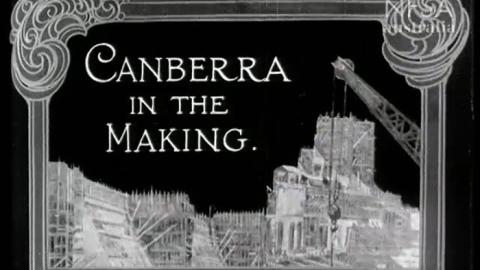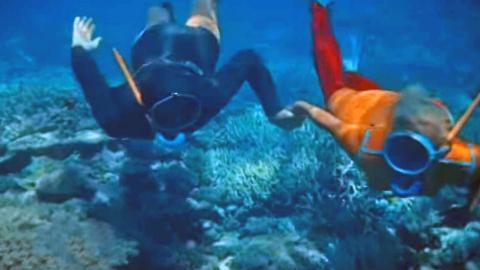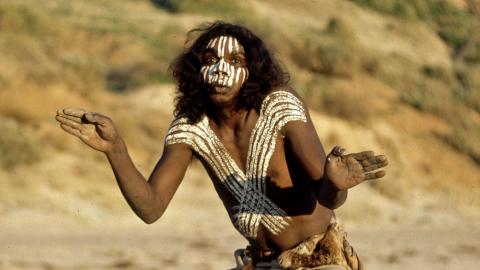
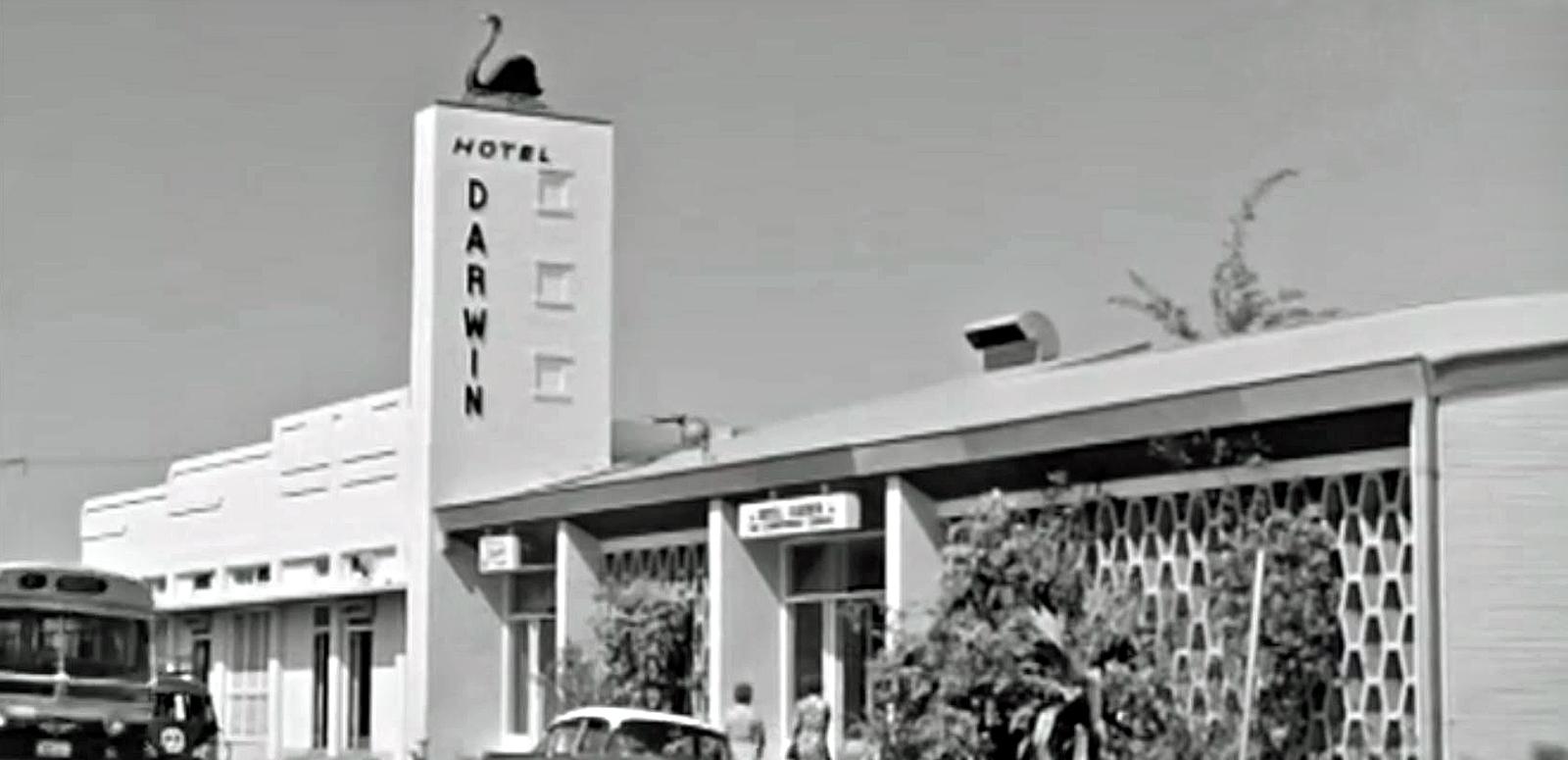
Darwin Time Capsule
Darwin Time Capsule
This sample of collection items highlights the people of Darwin and some of the major events in the history of Australia's most northerly capital city.
Bombed by the Japanese, almost wiped off the map by Cyclone Tracy and home to some of Australia’s most dangerous wildlife, Darwin was for many years the doorway to Australia.
The city has played an important role in Australia’s aviation and military history. With its tropical climate, it is prone to cyclone activity during the wet season and home to crocodiles and the deadly box jellyfish.
WARNING: this collection may contain names, images or voices of deceased Aboriginal and Torres Strait Islander people.
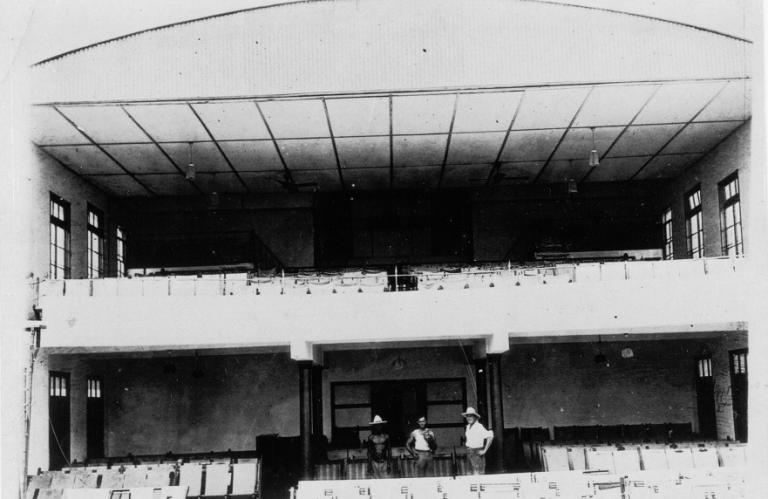
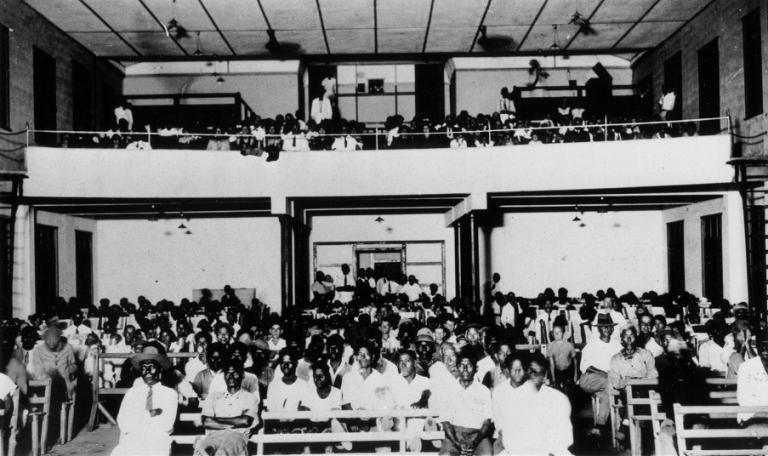
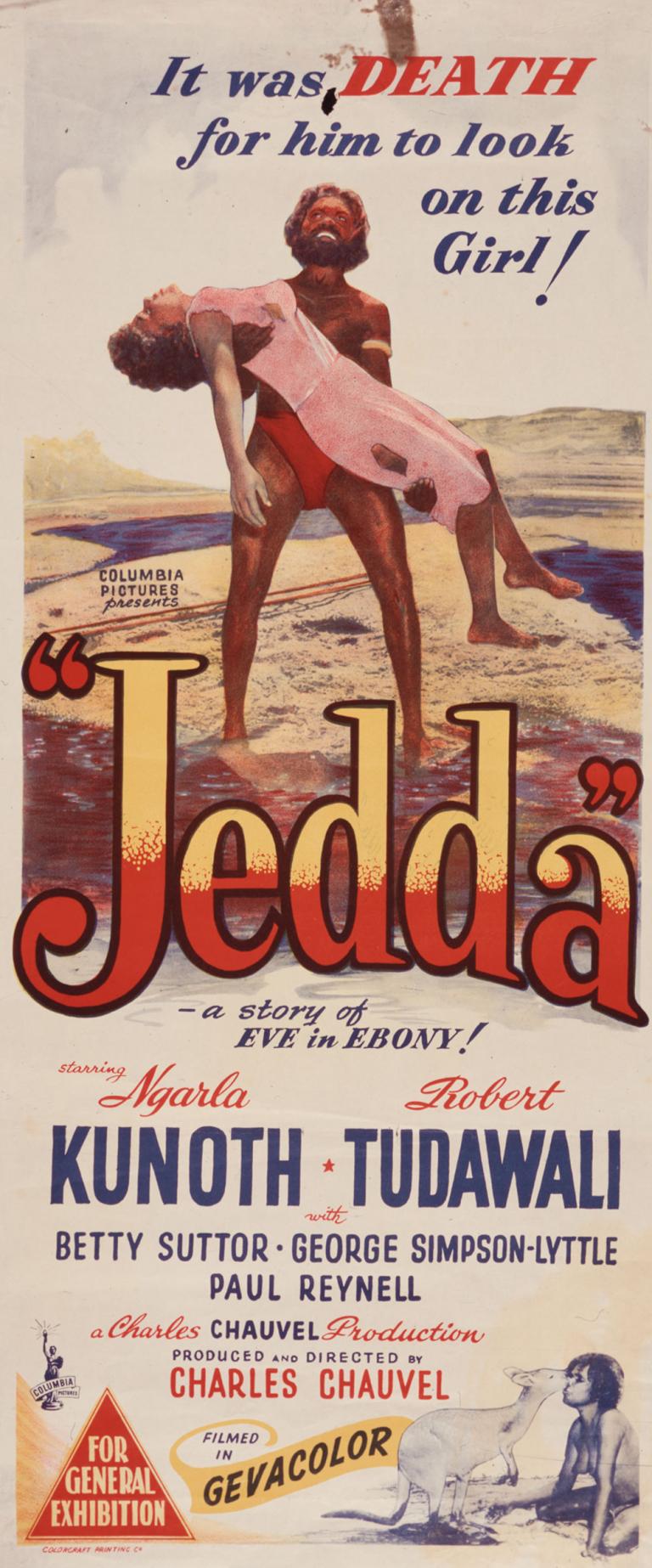
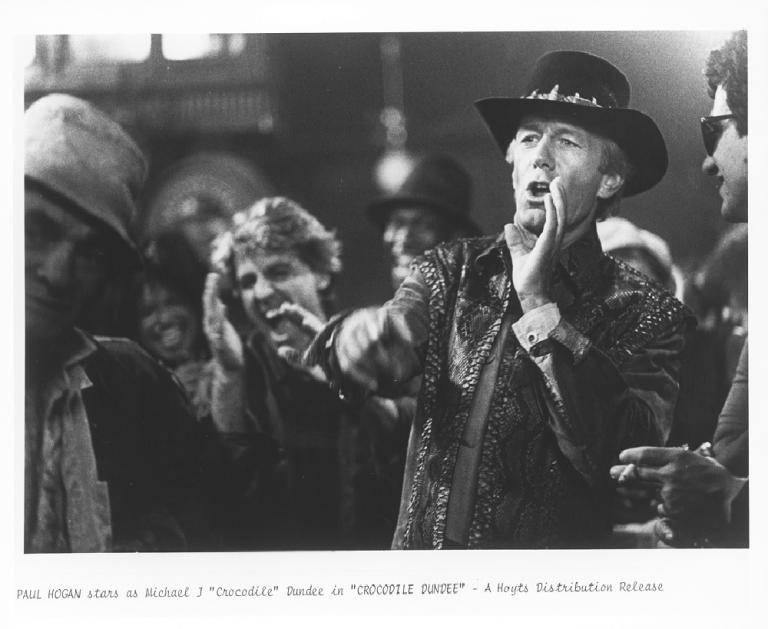
The National Film and Sound Archive of Australia acknowledges Australia’s Aboriginal and Torres Strait Islander peoples as the Traditional Custodians of the land on which we work and live and gives respect to their Elders both past and present.
